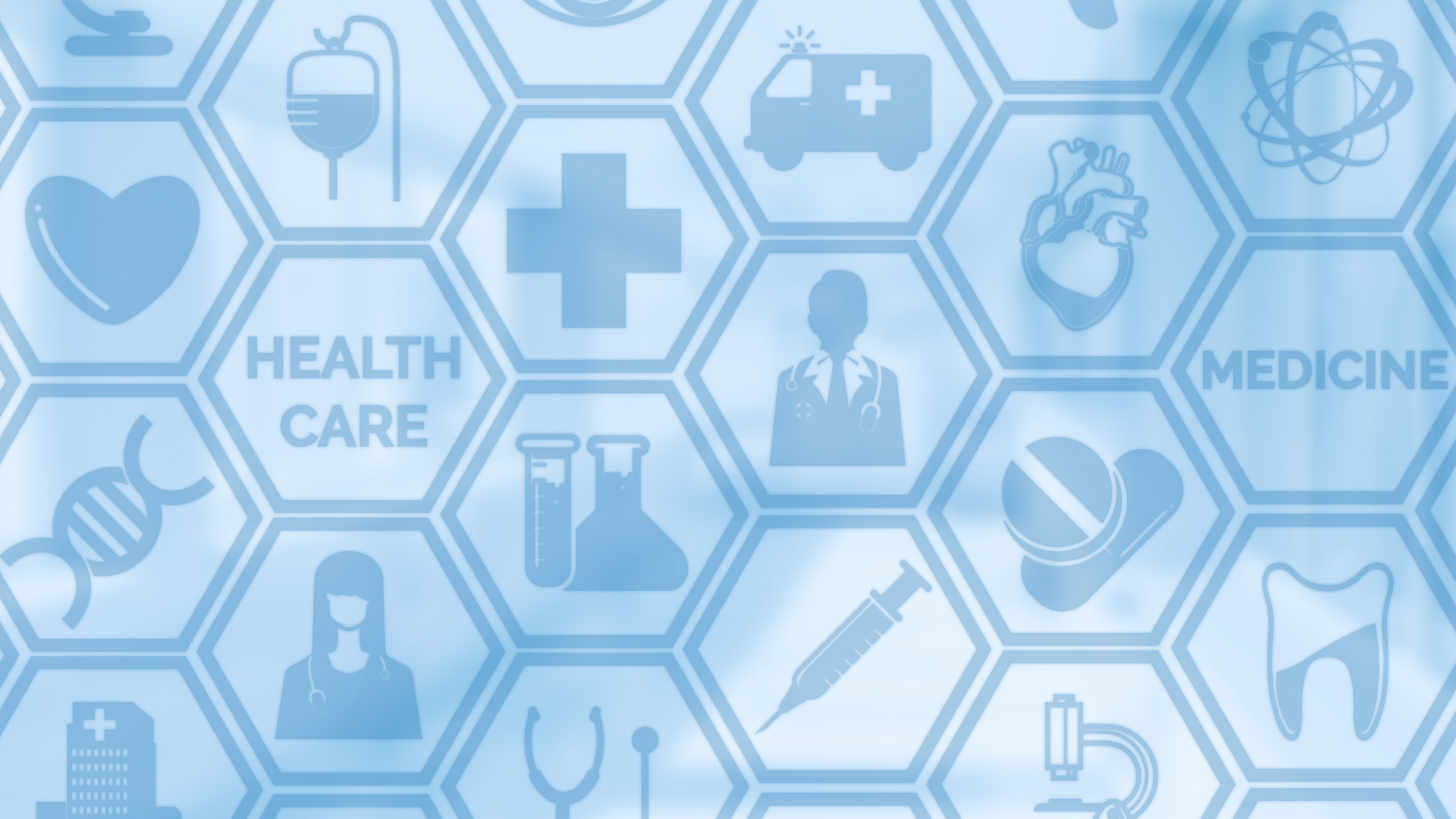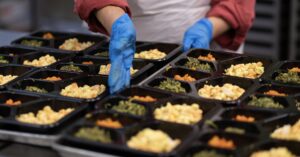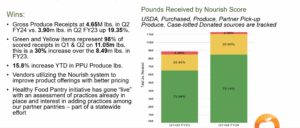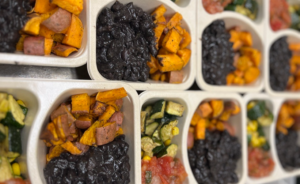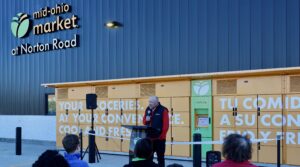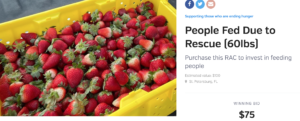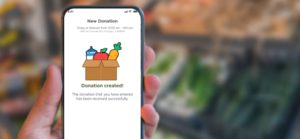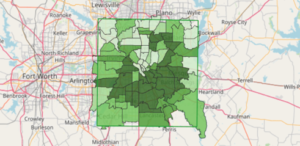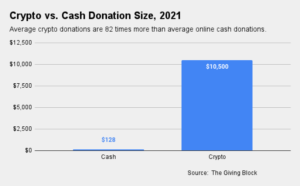Early insights from Massachusetts show promising pathways for using Medicaid dollars to treat food and nutrition insecurity, but underscore that technology will be a big challenge.
Hunger relief entities in Massachusetts got extra incentive to continue exploring ways to work with the healthcare community in September, when the state’s MassHealth healthcare plan got “groundbreaking” federal approval to tap Medicaid to support nutrition-led initiatives, as part of a $67 billion package of healthcare reforms.
While the so-called Medicaid section 1115 demonstration initiative opens the door for hunger relief and healthcare entities in the state to work more closely together, challenges at many levels still exist. Early indications show that building the systems to make it all work together can feel a lot like launching a Silicon Valley start-up.
“What was challenging for us — and this remains the largest challenge of integrating the emergency food system and healthcare — is the technology piece,” said Catherine Lynn, Greater Boston Food Bank’s Vice President of Communications and Public Affairs.
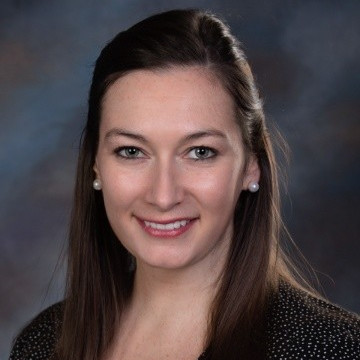
Greater Boston Food Bank has been exploring connections between healthcare and hunger relief at least since November 2016, when a similar, but much smaller, Medicaid pilot program was earmarked for funding. In the lead-up to the program’s eventual January 2020 launch, the food bank considered a number of options: Should it hire additional staff to enroll clients into the program and act as a warm handoff into the healthcare system? Identify agencies that could be connected with healthcare providers? Partner with each of the 17 accountable care organizations in the state that administer benefits to help connect the dots?
As it gained greater insight, it concluded that a significant emphasis for the state healthcare program would be funding for medically tailored meals, a business the food bank was not prepared to get into. It turned its attention instead to supplying food to the organizations that do medically tailored meals, which have been fine-tuning the formula of how to work within the insurance space. “There’s a lot of finance, there’s a lot of technology, there’s a lot of contracting that has to take place,” Lynn said.
Now that funding for nutrition programs under Medicaid is greatly expanding in the state, the food bank is in discovery mode, speaking with food insecurity partners and looking to learn from the experiences of early program participants, including the medically tailored meal providers. “The opportunity to really make an impact for a select population is huge,” Lynn said. “It’s a great model to scale up.”
Food Bank of Western Massachusetts has been actively involved in connecting healthcare and hunger relief for years, putting its initial efforts into hiring a bilingual staffer who could connect food-insecure patients referred by local healthcare centers to the emergency food network and other services.
When the smaller-scale Medicaid pilot launched in 2020, the food bank upped its game. It began handing out grocery-store gift cards and working with partners to deliver diet-specific meals. The food bank also spends roughly $2,000 a month delivering kitchen equipment, all of it reimbursed by MassHealth. Cutting boards and knives top the list, but the food bank is also able to supply equipment ranging from food processors to air fryers to refrigerators, if it determines a client lacks the equipment needed to store and/or prepare nutritious food at home.

The reimbursements the food bank receives cover not only the gift cards, food, and kitchen equipment, but also the food bank’s “time in organizing and connecting everybody to this,” said Alan Dallmann, Hunger Solutions Innovator at Food Bank of Western Massachusetts.
Time is not a trivial consideration, given how tricky it can be to work with different affordable care organizations. The food bank’s original plan to build a single invoicing system to connect to three affordable care organizations “became too complicated,” Dallmann said. “So now we’re kind of jumping from system to system.” Complicating the landscape is the fact that each affordable care organization decides independently whether to spend funds on nutrition, housing, or both – and can decide to change the mix. Every contract is unique, Dallmann said.
On the plus side, the food bank is not responsible for measuring medical outcomes; that’s up to the affordable care organizations. The food bank just supplies them the service information, such as how many meals were delivered. Separately and for its own purposes, the food bank collects information on wellness by asking people about their perceived levels of food insecurity, stress and so on. “So we can see if there’s a change, at least in self-perception,” Dallman said. “It’s not medical.”
Both Dallmann and Lynn emphasized the tremendous power of the healthcare system to remove stigma from hunger relief by reframing it as a health issue. “That medical avenue definitely gives people more permission than the stigma of walking into a food pantry on your own the first time or calling the food banker,” Dallmann said. Echoed Lynn, “It’s about de-stigmatizing the interventions.” When paired with healthcare, food insecurity “is treated or diagnosed in a way that is more about a person’s well-being versus potentially their financial status,” she said.
While the ramp-up may not be easy, the opportunity is big for food banks to promote programs that treat food and nutrition security as a reimbursable healthcare expense. “I think this is the future,” Lynn said. “In the moment that we’re in – post a conference that positions hunger as a nutrition and health issue – making that connection is fundamental to what we’re doing.” – Amanda Jaffe
Amanda Jaffe is a writer and former attorney with a deep interest in organizations and mechanisms that address food insecurity. Her writing has appeared in The American Interest, PASSAGE Magazine, and the Finder, among other publications.
Like what you’re reading?
Support Food Bank NewsThis article was made possible by the readers who support Food Bank News, a national, editorially independent, nonprofit media organization. Food Bank News is not funded by any government agencies, nor is it part of a larger association or corporation. Your support helps ensure our continued solutions-oriented coverage of best practices in hunger relief. Thank you!
Connect with Us:
